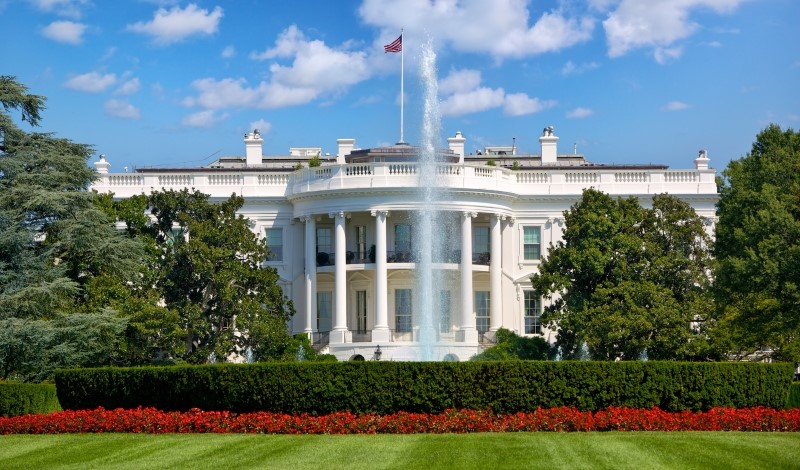Last week, the White House issued new guidance on public participation and community engagement in the rulemaking process.
In response, Cary Coglianese, Director of the Penn Program on Regulation, has released the following statement:
Any effort by any administration is to be lauded when it encourages agencies to be proactive about early, broad, and equitable public outreach about regulation. Regulatory decisions affect the public, but not everyone affected has the time to follow regulatory developments or even the knowledge of their occurrence. Agency officials have a lot that they can learn by affirmatively reaching out and listening to those who their rules will impact.
Although many agencies already do a good job of engaging intentionally with the public, not all do this equally well—and not all go beyond listening to “the usual suspects.” Furthermore, there’s always time and resource demands within agencies, such that public engagement can sometimes seem to add just another “burden” to already taxed regulatory staffs. But even though seeking public participation can require effort, it is worth the investment. Of course, the intensity and extent of effort to engage the public may need to vary from rule to rule, especially in light of various other priorities, but thinking intentionally about participation should never be short-circuited.
All in all, OIRA’s memo reflects best practice for regulatory agencies in the United States and around the world. The document provides a very good overall reminder of the importance of public participation, and it gives agencies some thorough guidance on what they can do to improve their efforts in this regard. It should also form a helpful foundation for continued improvement in public engagement practices over time.
Two important aspects of this particular guidance stand out to me. One is that the guidance directs agencies to start building participation plans into their published semi-annual regulatory agendas and plans. Expecting agencies to include some specific information about opportunities for public participation in these agendas and plans is a great idea to nudge agencies along in thinking concretely about public participation. I hope it will be followed in practice.
Another key aspect of the document is its statement that OIRA will try to give agencies flexibility under the Paperwork Reduction Act (PRA) whenever the PRA might otherwise impede sensible efforts to engage systematically with relevant segments of the population. There’s always been a tension between the PRA’s requirements and the value of systematic efforts to gather input needed to inform regulations. Seeing OIRA go on record about PRA flexibility strikes me as helpful. Again, it will need to be made a reality in practice.
Cary Coglianese is the Edward B. Shils Professor of Law and Professor of Political Science at Penn. The above White House guidance relies in part on recommendations developed by a committee of the Administrative Conference of the United States that he chaired. Professor Coglianese’s own research on public participation in rulemaking includes:
Professor Coglianese has produced extensive and pathbreaking scholarship on a range of regulatory issues and has consulted with regulatory organizations around the world. He was a founding editor of the peer-reviewed journal Regulation & Governance, and he created and continues to serve as the faculty advisor to PPR’s flagship publication, The Regulatory Review.



